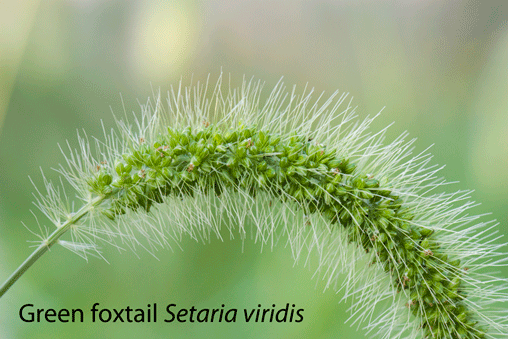Open access journal ZooKeys announced the first rapid-release, large dataset of bird barcodes, based on 2,808 frozen tissue samples from the Division of Birds, National Museum of Natural History, Smithsonian Institution, Washington, D.C. This is the first barcode dataset explicitly published under the Fort Lauderdale Principles (Welcome Trust 2003) of early data release adopted by the genomics community. Mark and co-authors hope this is a model that will encourage and allow barcoders to rapidly release data and receive academic credit.
Blog
Trinity School TeaBOL
The Trinity School TeaBOL project is featured in cover article for December/January issue of The Helix, an Australian science magazine for children 10+
Barcode High
The November/December 2011 online issue of The Scientist published an article by Mark on the High School Barcode Project, Barcode High.
4th Int’l Barcode of Life Conference
For the 4th International Barcode of Life conference beginning 29 November in Adelaide, Australia, Mark Stoeckle led the preparation of the 2011 DNA Barcoding Highlights report while Jesse worked with David Schindel and Terry Collins on the Adelaide Barcode Conference Press Release. The documents describe well the progress of the barcode movement, which will celebrates its 9 birthday in January 2012.
The History of DNA Barcoding Video
Mark is interviewed by DNA Learning Center, Cold Spring Harbor Laboratory on how barcoding went from an idea in 2003 to more than 1 million barcoded specimens in 2011. T
iBOL Essay
As chairman of the International Barcode of Life (iBOL) project, Jesse authored a short essay, “Navigating around hazards to barcoding, 2011†published in the iBOL newsletter
Budget Hero
The Alfred P. Sloan and Richard Lounsbery foundations have supported the creation of an interactive game to reduce the USA federal government budget deficit. The game has been played more than 150,000 times. It’s fun, more fun than actually reducing the deficit. Try the fantasy version at Budget Hero.
Name the Scientist
The New York Times created an interactive game “name the scientist†in which Jesse Ausubel is the wrong answer to the 4th question. Richard Dawkins is the right answer. Still we are flattered to be in such company. Enjoy the game.
Time away
# of Species
On 23 August, PLoS Biology published an important paper from the Census of Marine Life, “How Many Species Are There on Earth and in the Ocean?†by Camilo Mora, Derek P. Tittensor, Sina Adl, Alastair G. B. Simpson, and Boris Worm. As of 12 September, the paper has been viewed more than 27,000 times, an astonishing number for a scientific paper on biodiversity. The paper attracted more than 1000 news stories around the world in more than 20 languages and 50 countries. Congratulations to Camilo and Company for having made a landmark contribution. For an example of the news coverage, see 8.7 million species exist on Earth, study estimates by Juliet Eilperin in the Washington Post.
